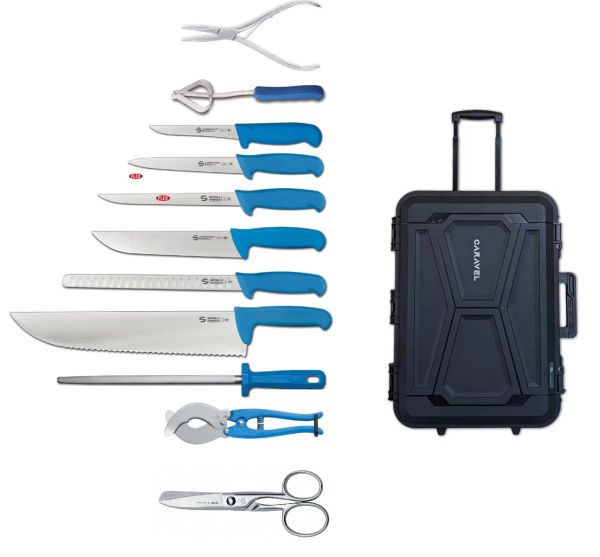Language
WORLDWIDE SHIPPING
Ambrogio Sanelli Trolley Case – Professional Nautical Set for Yacht Chefs
€599.90
€491.72
Availability:
In stock
Ambrogio Sanelli Trolley Case – Professional Nautical Set for Yacht Chefs
The Ambrogio Sanelli Trolley Case with blue handle is a compact, professional solution designed for yacht chefs, fishermen, and food industry operators working on board or in nautical environments.
It includes a complete selection of knives for processing fish of all sizes, along with specialized tools to ensure precision, hygiene, and speed in every task.
Contents of the Sanelli Ambrogio “Caravel” Waterproof Knife Trolley Case:
1 x Boning Knife, blade 14 cm (SD07014L)
1 x Flexible Fillet Knife, blade 18 cm (SC51018L)
1 x Serrated Slicing Knife, blade 36 cm (SA16036L)
1 x Chef’s Knife, blade 24 cm (SM09024L)
1 x Salmon Knife with Granton Edge, blade 28 cm (SA56028L)
1 x Flexible Fillet Knife, blade 22 cm (SC66022L)
1 x Professional Fish Scaler by Fischer Bargoin, scaler length 16 cm, total length 30 cm
1 x Stainless Steel Fish Bone Tweezer by Triangle, total length 17 cm
1 x Round Chromed Sharpening Steel, 30 cm – Ambrogio Sanelli
1 x Sea Urchin Cutter with stainless steel blades and plastic handles
1 x Forged Multi-purpose Fish Scissors
All tools feature a blue antibacterial technopolymer handle, HACCP certified, wear-resistant, and easy to sanitize — perfect for professional use on board.
The durable, rigid trolley case features custom-cut foam inserts for safe and organized transport, even in challenging marine environments.
Ideal for nautical catering professionals, onboard kitchens, and anyone handling freshly caught fish at sea.
Dimensions: 572 x 425 x 239 mm
Key features of the case:
Hermetic gasket seal
Safety locks with push-button system
Lightweight, impact-resistant body
Padlock-ready design
Pressure equalization valve
Cube foam system (includes 3 layers of cubed foam)
Ergonomic telescopic handle
A must-have professional kit for top-level performance and organization in the confined and dynamic space of a yacht’s galley
FAQs

 IT
IT FR
FR
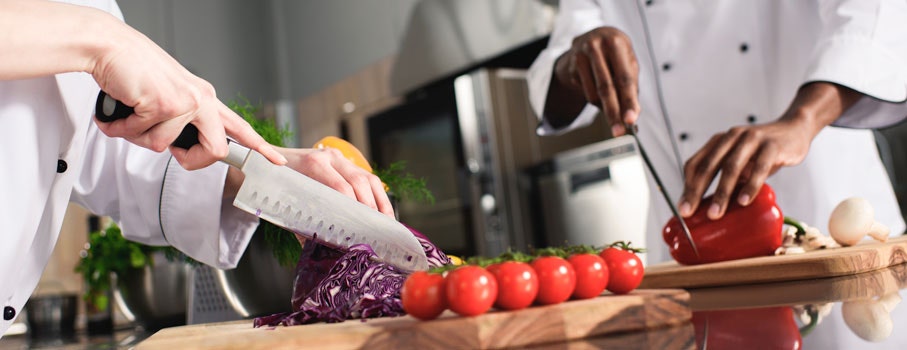
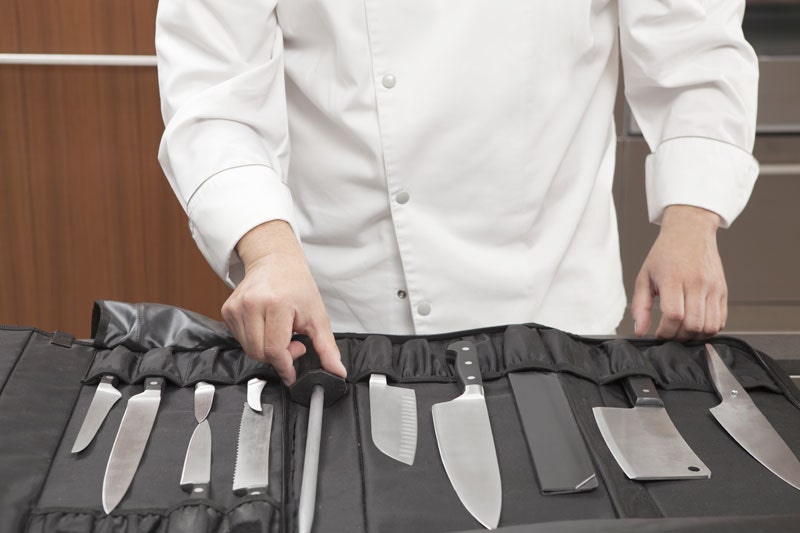
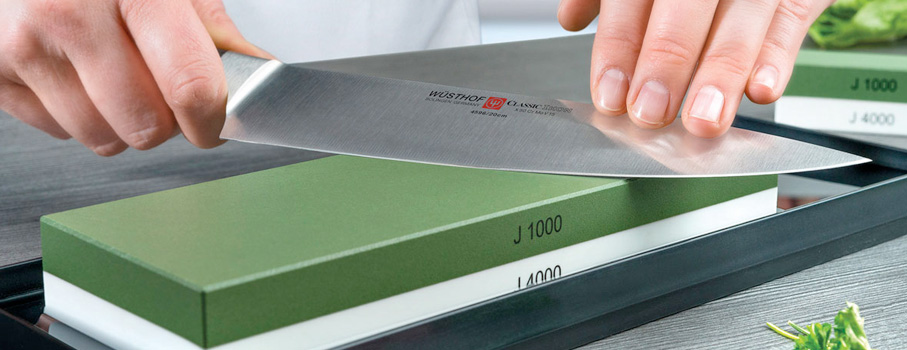
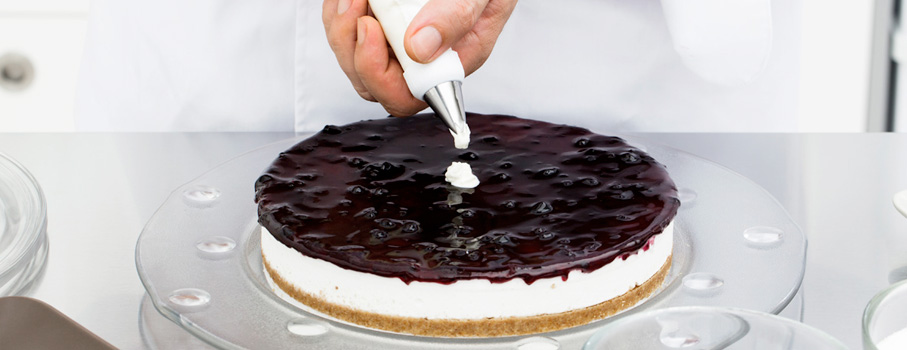

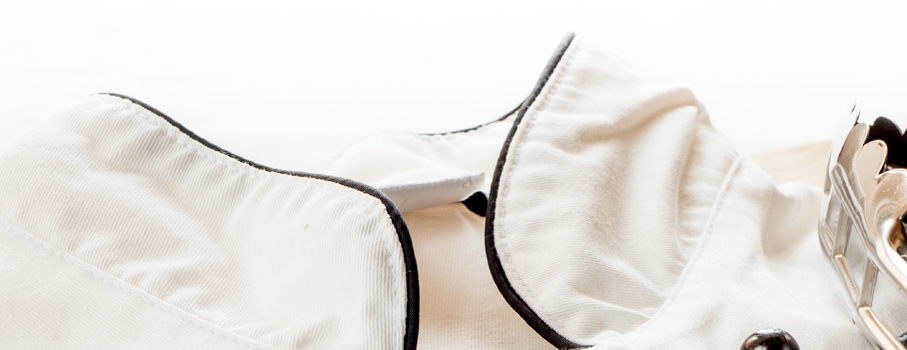
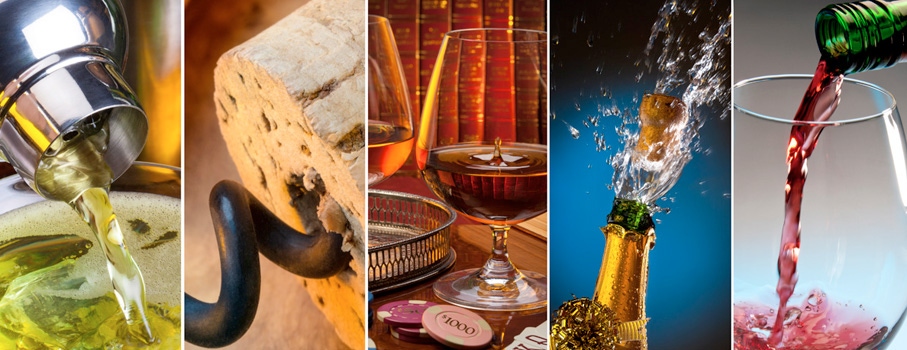
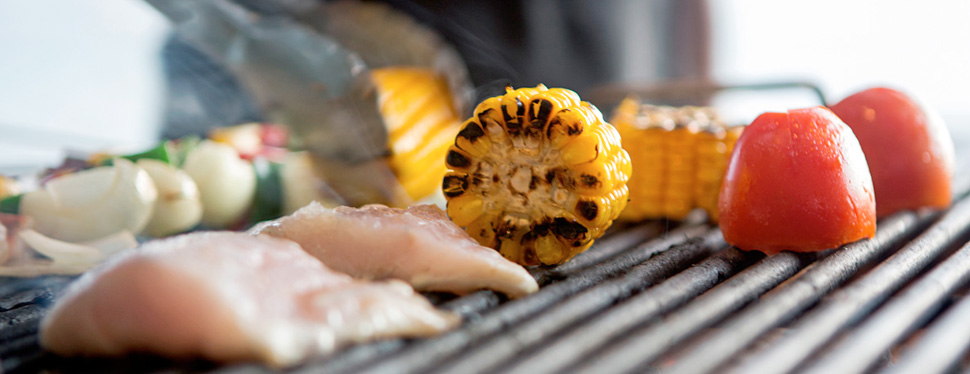

 IT
IT FR
FR
